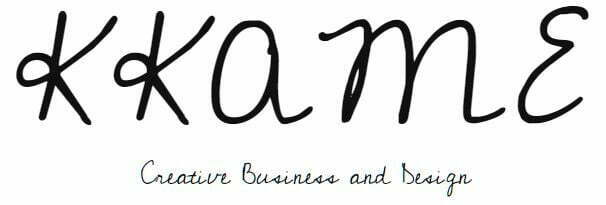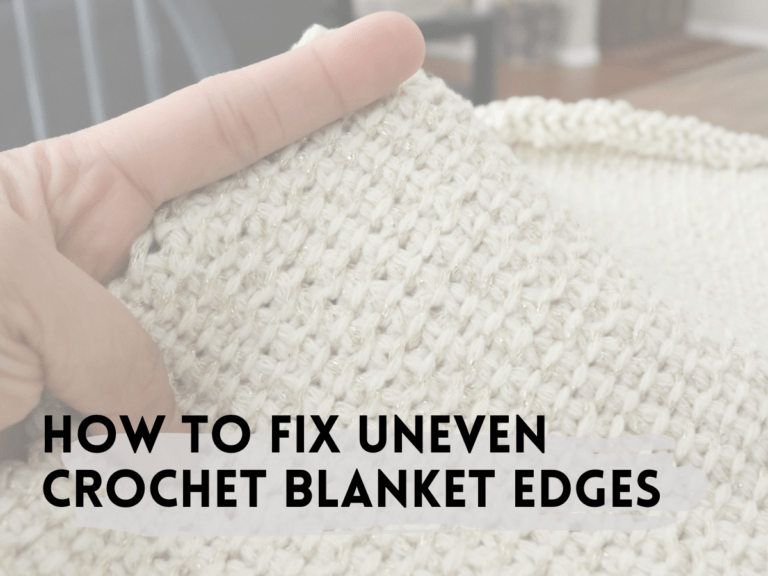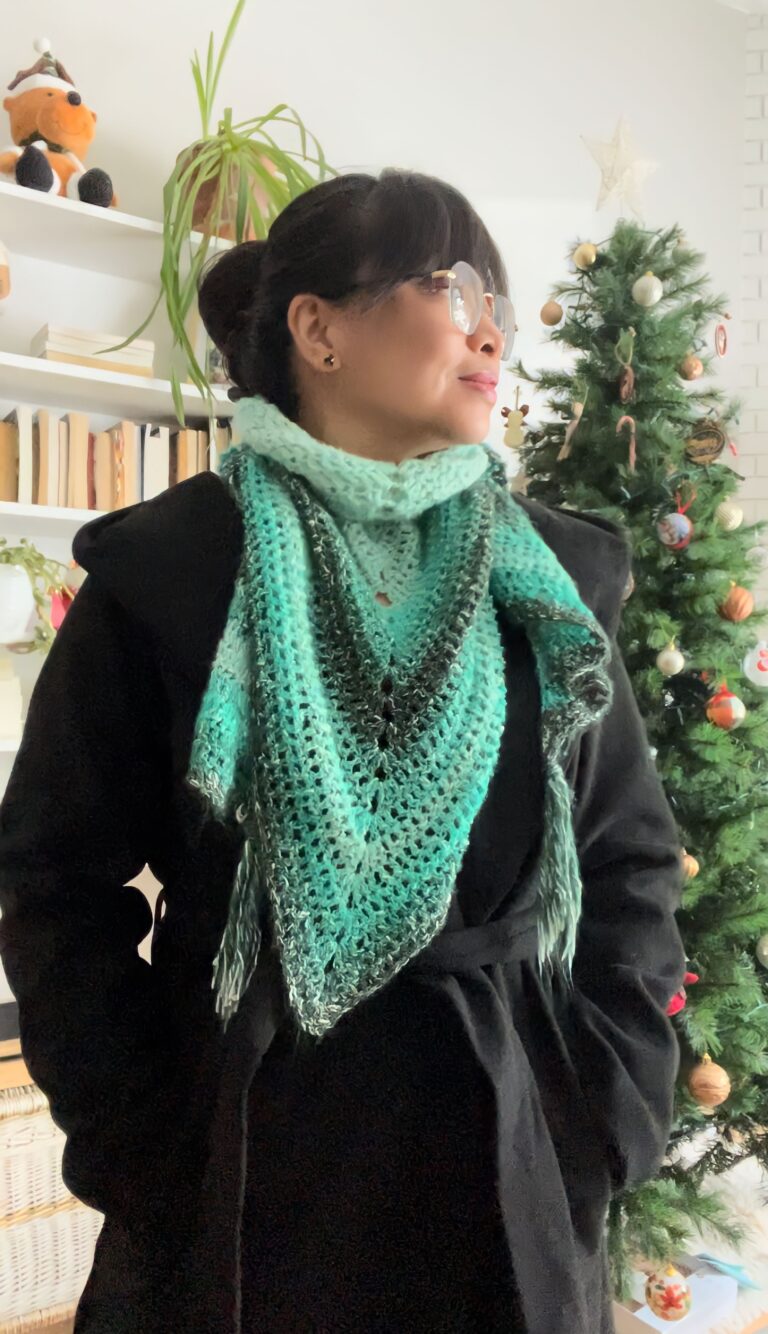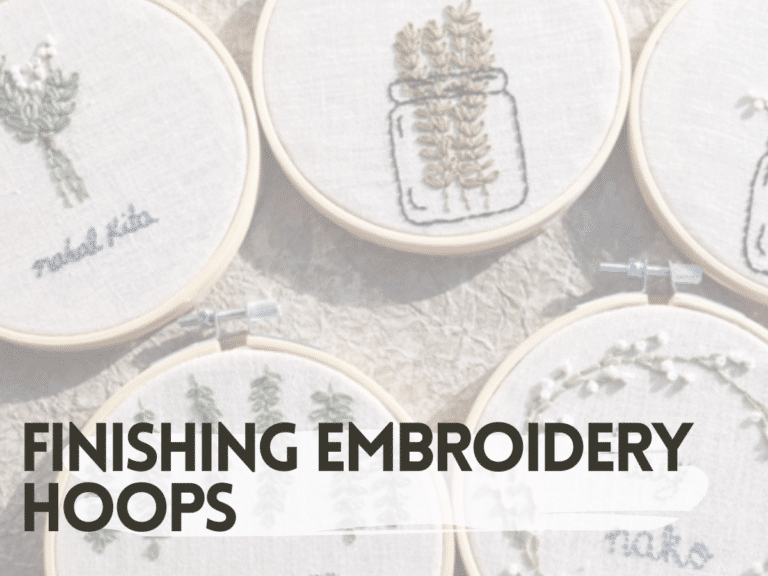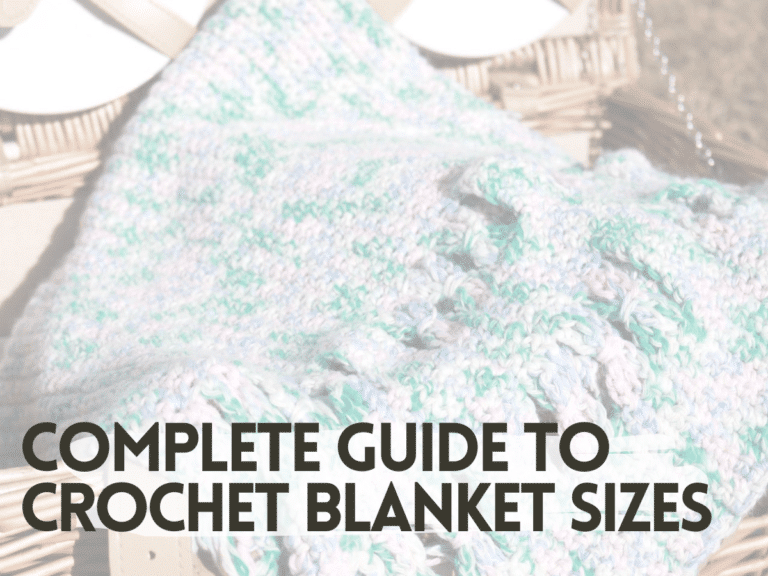Why You Need a Pattern Gauge and How to Make One
Hello there maker! I have been designing and making patterns for about three years now. Patterns have become a big part of my life as a maker. I think it is safe to say, I know a thing or two about them. Often times we worry what if the readers outcome does not match mine. Or, if we are the reader, what if we cannot make it just like the picture. My friend, the answer to these questions is simple: GAUGE. A pattern gauge, like a swatch, is a sample of the fabric. In pattern design, this swatch typically shows how many stitches by how many rows equal 4 inches.
I used to hate gauges! I just wanted to skip that very important part and get to making. On average, a gauge might take as long or little as 15-20 minutes to sample. That is 15-20 minutes wasted when you can be making right? My friend, instead of thinking of it as time wasted, try to think of it as 15-20 minutes that saves you hours and hours of work.
Quick tip: as a designer, I like to sit and make swatches using different yarn, hooks, and stitches just to keep a record of my gauges. This way, I do not need to keep figuring out my gauge each time I design with that yarn.
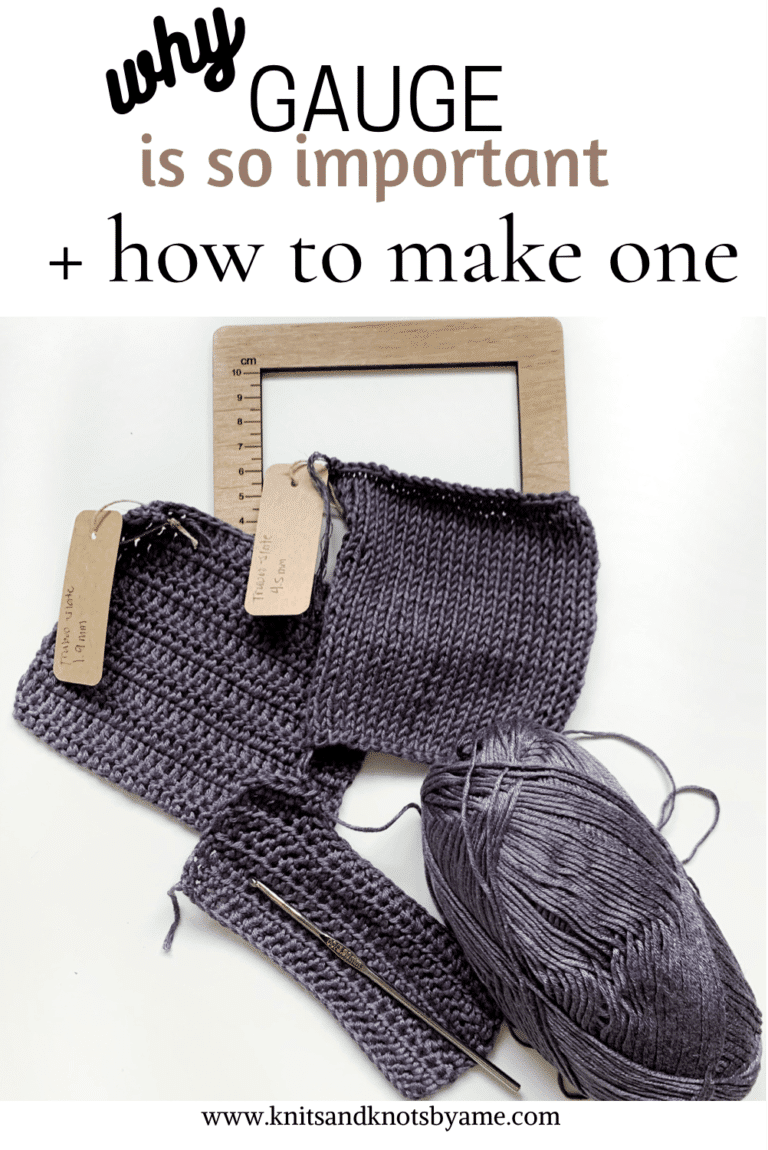
Why You Need A Pattern Gauge
Okay, so now that we know what a pattern gauge is let’s dig a little deeper. Let’s talk about why you need to make a gauge. Everyone hold their yarn differently. Consequentially, everyone’s tension varies. If you have ever worked with a sewing machine you might have a better understanding of what I mean by tension. But if you haven’t, here is an example when braiding hair. It is a rule of thumb that the tighter we hold and pull of the hair, the tighter our braids are going to be. On the flip side, the more ease we hold the hair, the looser the braids will be. How we hold the hair is tension.
Say you are someone who typically works on a tighter tension. If the designer of the pattern made her gauge using a looser tension, your gauge is going to be way off. The end result, a product that does not match the description no matter how meticulously you followed the pattern. This is why we need to gauge.
By taking the time to make a gauge we get our hands used to the tension that is needed for the pattern. However, if you are unable to achieve the right tension to match the gauge don’t worry. Simple fixes such as changing your hook size is a trick that many people do. Keep note, if you change your hook size to achieve the right gauge, you need to use that hook for the project too.
How To Make a Pattern Gauge
Related Topic: How To Save Time Crocheting
Some patterns indicate what stitches you need to use to make your gauge. I know that on Ravelry they ask this questions to designers uploading their patterns. Usually, the dominant stitch used in the project is what you should be using for the gauge. For a pattern that uses primarily double crochet stitches, double crochet is what you are going to use for your gauge.
See some of my FREE patterns here: KKAME Patterns
When making your swatch you want to exceed the numbers indicated on the gauge. For example, if the pattern’s gauge is 15 sts x 10 rows, you might want to create some ease my doing 20 sts x 12 rows on your swatch. Having that ease helps you count the stitches and rows more accurately to ensure you have the correct gauge.
A pattern gauge is usually measure as a 4″ square. You are going to need a ruler to properly count your stitches and rows up to 4″. Now-a-days there are knitting needles and crochet hooks that have 1″ ticks that doubles as an on-the-go ruler. Specialty shops that make crochet and knit notions usually also have gauge swatches. A gauge swatch is a tool that has a 4″ square cut out. All you have to do is lay the gauge swatch over your fabric and align the stitches and rows and count. I have two gauge swatches. The first one I purchased off Etsy from Katrinkles. I absolutely love this gauge swatch and still use in until today. My second one was a gift from the 2019 Our Maker Life event.
And there you have it. The most important part of any design.
My friend, if you take anything away from this post today it should be: Pattern Gauge is the most important part of any pattern. It is definitely something you do not want to miss or skip that will save you so much time down the road. Until next time my maker friend, happy making!
xoxo,
Abigail
